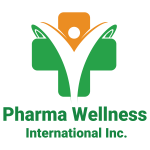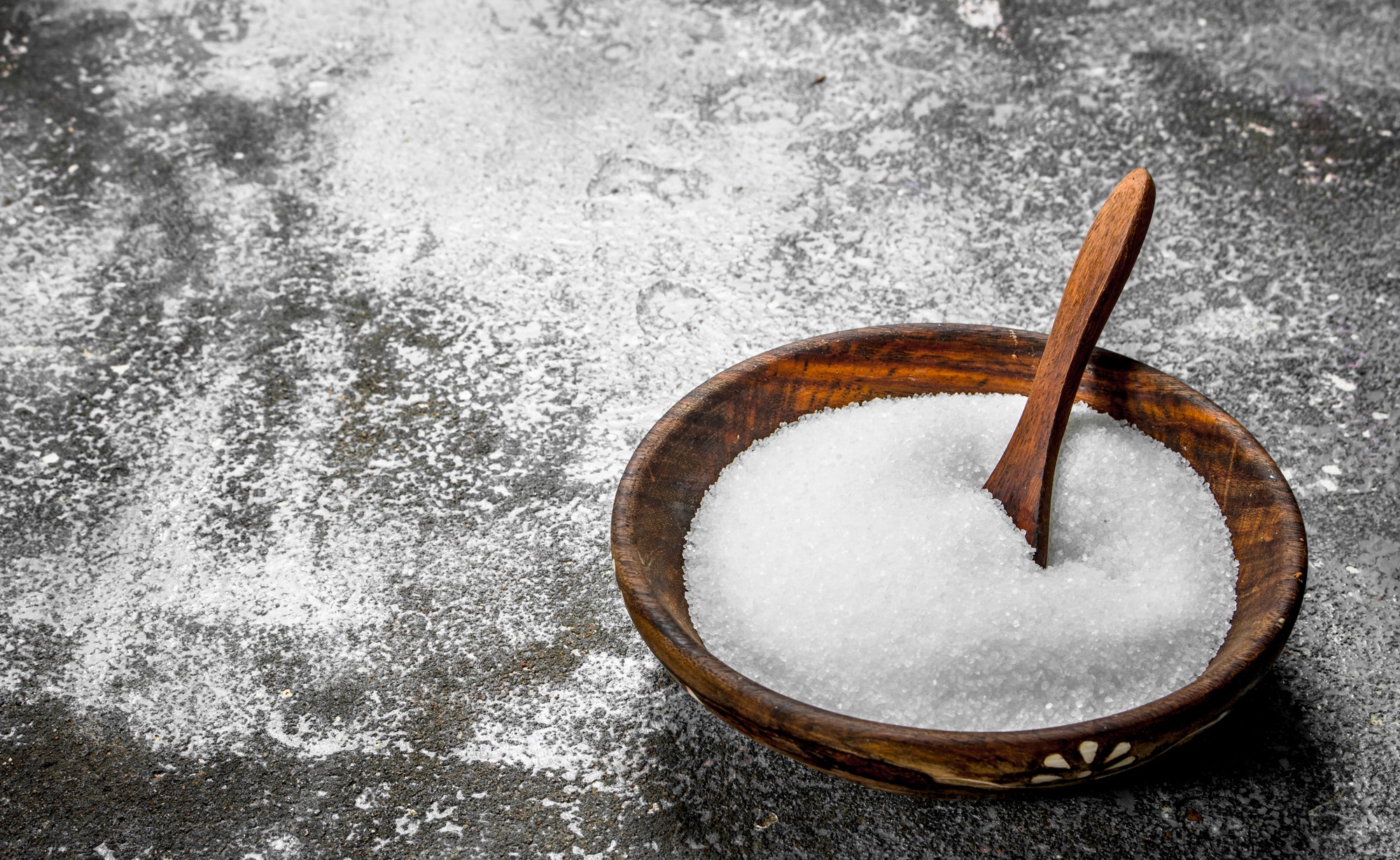What is Salt: Sodium chloride is the chemical name for salt. The words salt and sodium are used interchangeably. Most labels will say sodium while the packages will say for example “Low Salt”.Relationship between salt/sodium and High Blood Pressure or Hypertension:
- There is a strong dose-dependent relationship between consuming too much salt and increased levels of blood pressure. As sodium intake increases so does blood pressure for most people.
- When salt intake is reduced blood pressure begins to decrease within weeks on average.
- Populations who consume diets low in salt do not experience an increase in blood pressure with age as seen in most western countries.
- 90% of the sodium consumed is in the form of salt.
- High sodium consumption raises blood pressure and high blood pressure is a major risk factor for heart disease and stroke.
Why do we need salt: Sodium chloride, salt, is an essential element of life and is one of the elements that the body cannot do without. Salt must be incorporated into our daily lives. It helps to control our fluid balance and also controls the way our muscles and nerves work. Our bodies regulate how much salt, or sodium, there is at present. If sodium levels are too high we get thirsty and drink which speeds up the elimination of salt through our kidneys. Salt is used as a preservative and for its taste.
How much salt do we need per day: The 2010 Dietary Guidelines for Americans recommends limiting sodium intake to less than 2300mg or one teaspoon per day. Persons 51 years and older, and those of any age, including children, persons with diabetes or those who are of African descent should limit their sodium intake to less than 1500mg or 2/3 teaspoon per day. In Barbados this group accounts for nearly 50% of the population.
Where is the most salt found: most of the salt that we eat comes from processed foods and foods prepared in restaurants and sold from food-vans. Sodium that is added to processed foods cannot be removed. Below are some popular foods and their average sodium content.
- Sauces and salad dressings can average up to 300mg per serving
- Cereals can contain between 180mg to 300mg per serving
- Cottage Cheese can contain up to 1000mg per cup
- Baked goods such as cakes and doughnuts can contain up to 200mg per serving
- Soups can contain up to 800mg per serving
- Veggie Burgers can contain between 400-500mg per serving
- Hot chocolate packets contain between 80-100mg per serving
- Store-bought seasonings can contain up to 100mg per serving
IT’S NOT ONLY ABOUT SALT
When reading labels don’t only look for salt but for sodium alginate, sodium ascorbate, sodium bicarbonate (baking soda), sodium benzoate, sodium caseinate, sodium chloride, sodium citrate, sodium hydroxide, sodium saccharin, sodium stearoyl lactylate, sodium sulfide, sodium sulfite, disodium phosphate, monosodium glutamate (MSG), trisodium phosphate and sodium.
SEA SALT VS TABLE SALT
Sea Salt is processed through evaporation of ocean water or water from saltwater lakes. Depending on the process some trace minerals like magnesium, potassium and calcium and elements are left in the salt. These minerals add flavour and colour to the salt. Sea salt also has different levels of coarseness.
Table salt is mined from underground salt deposits. The process eliminates the elements and it usually contains an additive to prevent clumping. Most table salt has iodine added to it. Iodine is an essential ingredient that helps to maintain a healthy thyroid.
Sea salt and Table salt have the same basic nutritional value and contain 40% sodium by weight.
The DASH diet: the Dietary Approach to Stop Hypertension diet emphasizes the use of vegetables, fruit and low-fat dairy foods. It also recommends moderate amounts of whole grains, fish, poultry and nuts.
TIPS FOR REDUCING INTAKE OF SALT
- Use sodium-free spices and flavourings instead of salt
- Don’t add salt to food when cooking
- Rinse canned foods to remove some of the salt
- Buy foods labelled “No salt added”, Sodium free”, Low sodium” and “very low sodium”.
- Use freshly made seasonings
- Pay attention to serving sizes
- Use as many fresh foods as possible
- Use unsalted nuts and seeds
- Pay attention to the amount of salt in bread and biscuits
WHAT DO LOW-SODIUM OR SODIUM-FREE FOOD LABELS MEAN?
- Sodium free: a very small level of sodium per serving – 5mg per serving
- Very low sodium: 35mg or less per serving
- Low sodium: 140mg or less
- Reduced sodium: foods in which the level of sodium is reduced by 25 percent.
- Light or lite in sodium: foods in which the sodium level is reduced by 50 percent.
- Unsalted or No-salt added: no sodium is added to the product during processing, but the product still has the sodium that naturally occurs in the product’s ingredients.
- If salt is listed in the first five ingredients on the label the item is too high in sodium for use.
References: Web-MD, Medical News Today, Medscape, Livestrong, American Heart Association, American Diabetes Association
Lennox Prescod, Health and Wellness Consultant
Pharma Wellness International Inc. © September 2020



